Mechanical watches are amazing. Tracing their history back over 1000 years to the Nuremberg Egg watches and affordable only by royalty until less than 200 years ago, the industrial revolution brought them to the masses for us to enjoy.
Winding
Watches are either stem-wind or key-wind. The transition from key-wind to stem-wind happened starting around 1880 as people began preferring the convenience of not having to keep track of a key. Wind your watch gently until you feel resistance. A common misconception and sometimes excuse for explaining non-working watches is that a watch has been “overwound”. This is not possible. Watches are regularly fully wound. If a watch is fully wound but not running, that means that the watch is either damaged or is severely in need of cleaning, as the watch is too dirty to run.
Setting
Watches are set in several ways.
Key Set
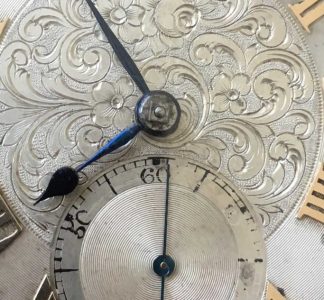
Most keywind watches are also set using the winding key, either by placing the key directly over the watch hands or by a winding arbor in the back of the watch. For watches wound from the dial side, be sure to use care to not touch the hands as they can easily become bent and interfere with each other.
Lever Set
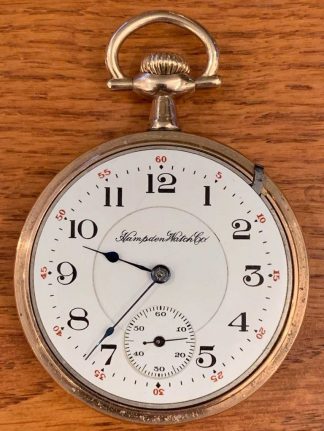
Lever-set watches are set by pulling a small lever under the bezel of the watch and adjusting the time using the winding crown. To access the lever, unscrew the watch bezel. The lever is usually near the 2 o’clock position. When pulling out the lever, use care to not damage the winding mechanism. Sometimes jiggling the crown is necessary to release the setting lever.
Lever-set watches are common in American watches from 1880 – 1950 and were one of the requirements for a watch to be certified as “railroad-grade”, as lever-set watches are less-likely to be accidentally mis-set than pin-set or stem-set watches due to needing to remove the bezel to go into setting mode.
Stem Set
Stem-set watches work similarly to modern wrist watches. To switch to setting mode, pull out the winding stem.
Note the similarity to the lever-set watch shown in the picture above and the stem-set watch at right (shown with crown extended in setting position). Both are Hampden Wm. McKinleys from similar time periods. Many watch models were available both as lever-set for the railroaders (or aspiring railroaders) as well as stem-set for people who preferred an easier to use watch.
Regulation
Watch timekeeping is regulated by adjusting the regulator, which changes the length of the hairspring. Watch regulators vary in style – some can be adjusted directly, while others are adjusted by turning a screw. Check out this article for examples of different styles of regulator.
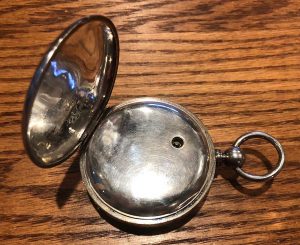
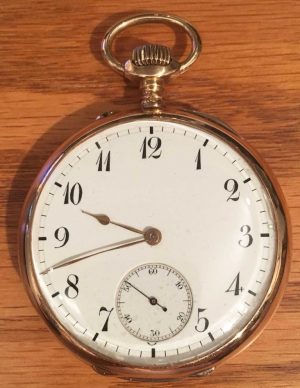
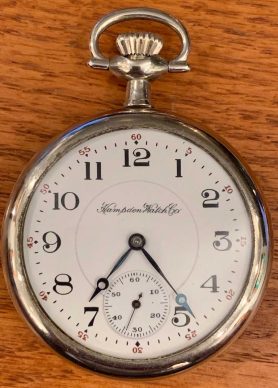
One reply on “Owning and Caring for an Antique Pocket Watch”
I like the website, very informative, thank you.